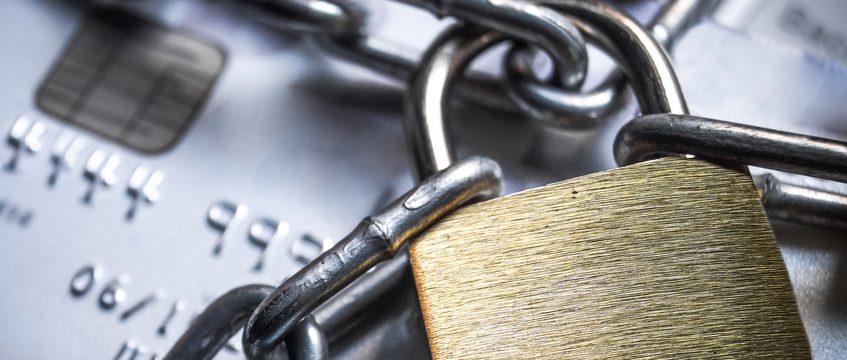
8 Tips for Keeping Your Card Details Secure
Whether we mean to or not, we share a lot of our personal banking information with others on a daily basis. This happens in many situations: when we pay online for a product or a service, when we withdraw cash from the ATM machine, when we transfer money to a different account, when we login to our account to check our balance, and on many more occasions. This is all part our daily routine and way of life which is natural, and over time, these habits are becoming more and more commonplace.
At a time when Information Technology is developing at a rapid rate, the scope of risks and threats is growing as well. This increase in the threat level requires us to pay more attention to our behavior, both online and offline, and above all to pay special attention to the importance of our personal information and always make sure to protect it. But how exactly should we go at it?
The list bellow will help you protect your personal information and maintain your privacy should your card fall into the wrong hands.
1. Don’t forget to log out
The first step is the simplest one, but you would be amazed how many people forget to do so on a regular basis: Always make sure to logout from the online accounts. There are several risks to staying logged in: devices can be stolen or hacked, computers left open can be used to send malicious links to others, and so on. By logging out, you are ensuring that – in the unfortunate event that your mobile device or computer might fall into the wrong hands – at least your account, payment systems or online banking will not be accessible.
2. Don’t leave your card out in the open
People have a tendency to leave their card in a public space without even noticing they’ve done so. When paying the bill at a restaurant or purchasing a product at a store, don’t forget to take your card back and place it in your wallet. This may sound obvious, but you’d be surprised how many people leave their cards lying around in the open. This advice is crucial, never leave your card out in public.
3. Wipe mobile devices clean before reselling them
Every few years, we find the need to buy a new device, be it a mobile phone or a computer. In such cases, some of us wish to capitalize on the old one and try to sell it or give it away to someone we know. The problem is, many people forget to remove the information which is saved on the device in the form of cookies, links, saved passwords and applications which are related to online accounts. Always remember to delete cookies/ applications related to your online account when giving your device away. In fact, it’s a good idea to wipe the device clean altogether, format it and remove all files and apps.
4. If you must keep a list of your passwords, make sure it’s secure
Not all of us are blessed with an amazing memory, and keeping tabs on all of our different usernames and passwords can be complicated. Some people opt to keep a list of passwords on a piece of paper or as a saved file on their phone or computer. Needless to say, when such a device is stolen or lost, your login information will be compromised. Never save all sensitive card information (usernames, passwords or PINs) in an unsecured file or on a piece of paper. Instead, opt to download a trusted application like KeePass for keeping all your passwords in one place in an encrypted file.
5. Don’t take photographs of your card
Following the tip above, many save an image of the card on their device in order to have the information available when needed. That’s not a great idea, as the first place thieves look for information in stolen devices is in photos. Therefore, never save pictures of the card on your phone and/or on your computer. Try your best to memorize your credit card details instead.
6. Sign the back of your card
A simple measure that helps to protect your card is to sign the back on the designated strip. Some stores will compare the signature on the back to the signature used to sign the receipt, and this will be harder for thieves to forge.
7. Be wary of suspicious ATMs
If something looks off about the ATM you are about to use to withdraw funds, don’t use it. You should always check that the ATM doesn’t have a skimming device where the card information can be copied, or a camera used to retrieve your card information and password. This, of course, doesn’t refer to bank ATMs where cameras are present for the safety of the users, but rather suspicious cameras that are aimed at the keypad or card slot.
8. Report lost or stolen cards immediately
This final piece of advice is a crucial one: if you think that you have lost your card, don’t waste a moment, and report this immediately to our customer support team. In such situations every second counts, and the earlier you inform us, the sooner we can act to protect your account and information.
For additional assistance regarding your card, please contact our Customer Care team.




